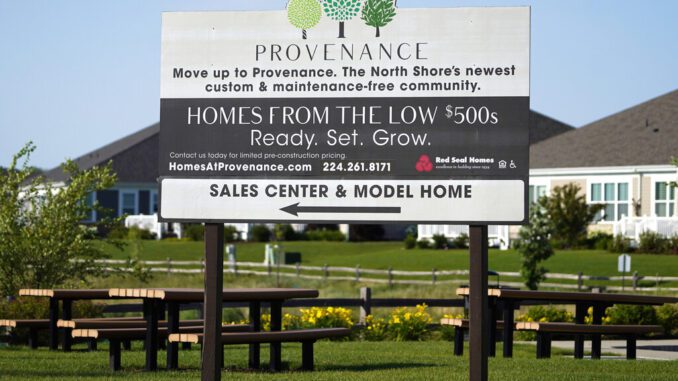
WASHINGTON, D.C. — U.S. home prices rose briskly in September, another sign that the housing market is booming in the aftermath of last year’s coronavirus recession.
The S&P CoreLogic Case-Shiller 20-city home price climbed 19.1% in September from a year earlier. The strong price gains marked a deceleration from August’s 19.6% year-over-year increase. Still, September prices in all 20 cities set new records.
Phoenix was the nation’s hottest market, registering a 33.1% price increase. It was followed by Tampa (where prices rose 27.7%) and Miami (25.2%). All 20 cities reported double-digit increases. The smallest gains were in Chicago (up 11.8%) and Minneapolis (12.8%).
The housing market has been strong, thanks to rock-bottom mortgage rates, a limited supply of homes on the market and pent-up demand from consumers locked in last year by the pandemic.
“Housing prices continued to show remarkable strength in September, though the pace of price increases declined slightly,” said Craig J. Lazzara, managing director at S&P Dow Jones Indices. He added: “We have previously suggested that the strength in the U.S. housing market is being driven by households’ reaction to the COVID pandemic, as potential buyers move from urban apartments to suburban homes.”
Last week, the National Association of Realtors reported that sales of previously occupied homes rose 0.8% last month to a seasonally adjusted annual rate of 6.3 million, strongest annual pace since January. The Commerce Department reported last week that new-home prices edged up a disappointing 0.4% last month as median prices rose nearly 18% from a year earlier to a record $407,700.
“Most indicators suggest prices have continued to edge higher, albeit at a slightly slower pace, amid tight supply conditions and the structural shift in demand towards single-family, suburban homes induced by the pandemic,” Contingent Macro Advisors said in a research report.



